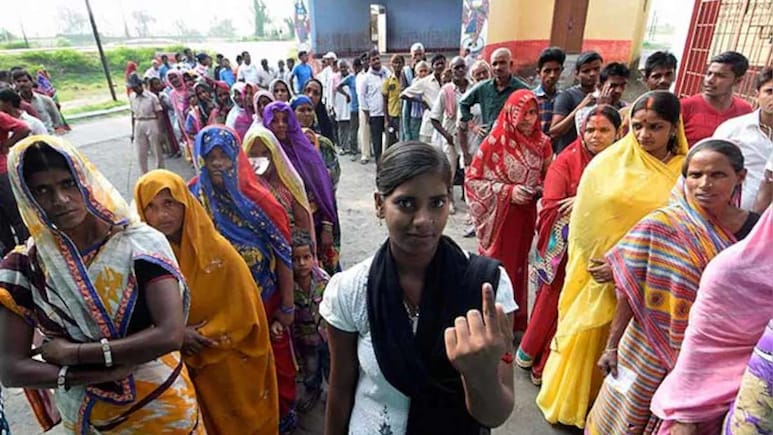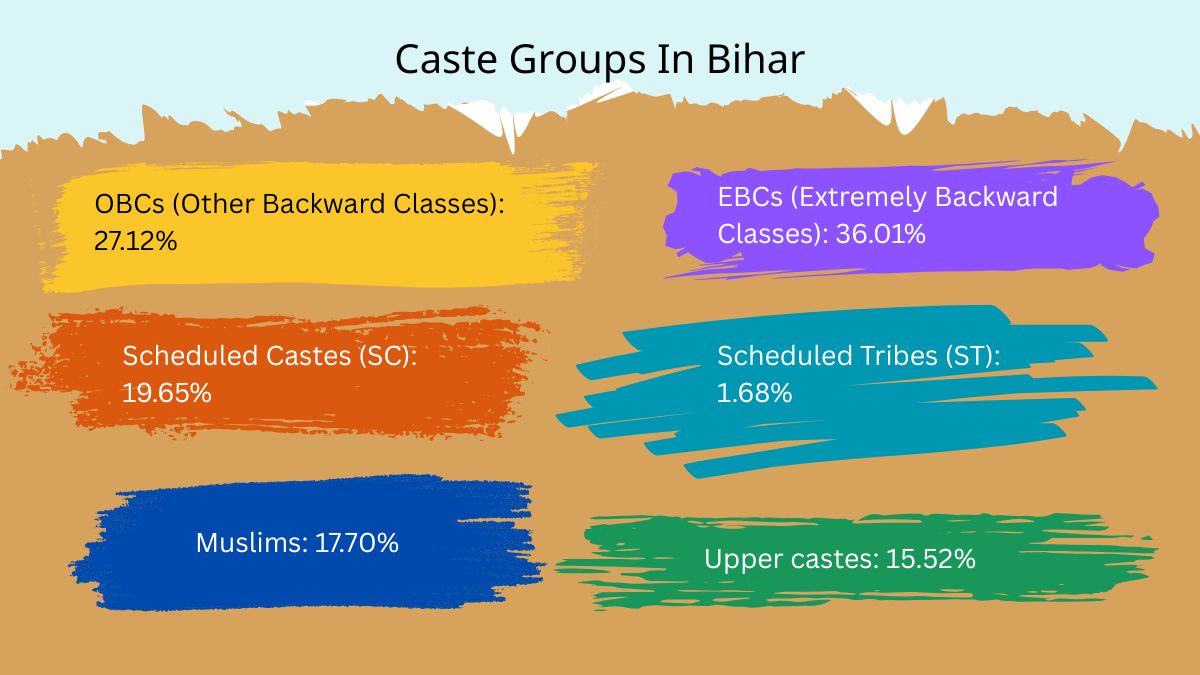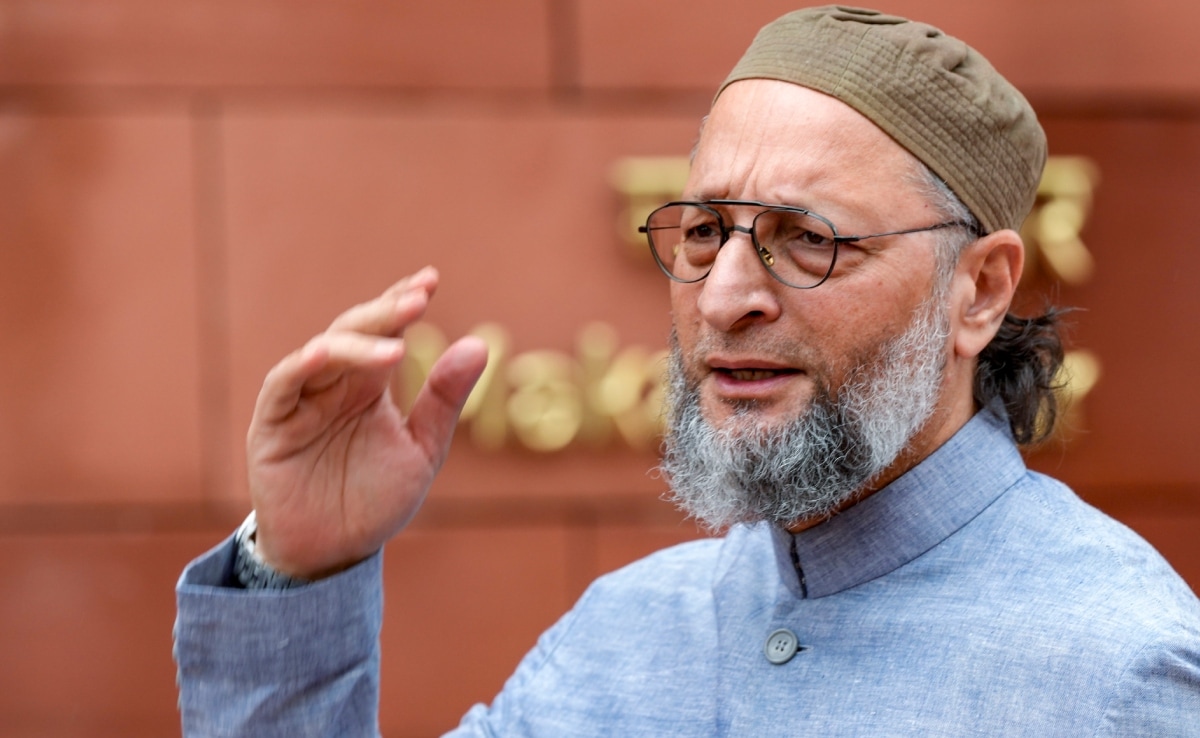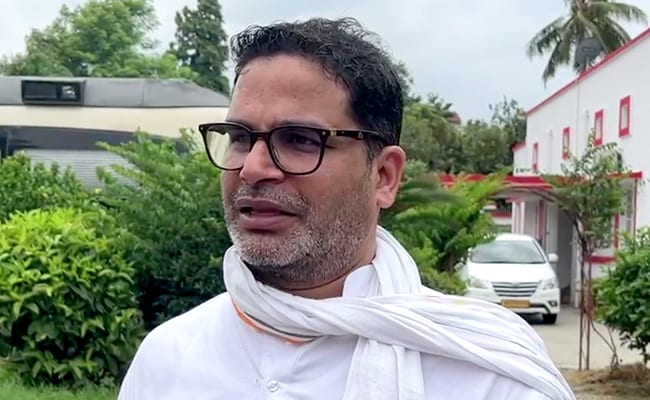
- NDA allocated 85 seats to upper castes, over-representing them relative to their population share
- Mahagathbandhan gave 117 tickets to OBCs, 42 to upper castes, and 29 to Muslims, reflecting diversity
- BJP gave no Muslim tickets, while JD(U) allocated four, highlighting minority underrepresentation in NDA
In the heart of India, where the holy Ganges flows with a vitality that mirrors the complexities of its people, Bihar stands as a living tapestry woven from threads of caste, community, and cultural richness. As the state approaches voting day, the political landscape resembles the monsoon clouds gathering on the horizon - heavy with promise yet fraught with uncertainty.
The National Democratic Alliance (NDA) and the Mahagathbandhan, like two mighty rivers converging, embody distinct sociological profiles shaped by their ticket allocations to various caste groupings and communities.
To navigate this intricate terrain, we must delve into the nuances of representation, inclusivity, and the deeper narratives that define this critical electoral moment. Do the representations of candidates by the various political parties match the distribution of the ratios of the various caste groups in the population?
Demographic Distribution Of Castes In Bihar
To understand the implications of these allocations, we must first consider the demographic realities as presented by the 2023 survey. It is instructive to remember that Caste was never included in the decennial census after the 1930 census. Chief Minister Nitish Kumar had the foresight to carry out a comprehensive caste survey of Bihar, which ended in October 2023.
The broad numbers of the various caste groups in Bihar are the following:
OBCs (Other Backward Classes): 27.12 per cent
EBCs (Extremely Backward Classes): 36.01 per cent
Scheduled Castes (SC): 19.65 per cent
Scheduled Tribes (ST): 1.68 per cent
Upper castes: 15.52 per cent
Muslims: 17.70 per cent
Sociological Profiles Of NDA vs Mahagathbandhan
Let us shine a torch on the two macro-coalitions: the NDA and the Mahagathbandhan, the two main rivals of Bihar politics for close to 20 years. There is a staggering overrepresentation of upper castes in the NDA. The NDA's seat distribution for the November election includes 85 seats for upper castes, 67 for OBCs, 46 for EBCs, 38 for SCs and 2 for STs. This allocation reveals an overrepresentation of upper castes, who constitute only 15.52 per cent of the population.

Why has the BJP overrepresented upper castes in 2025?
First, it may be due to the challenge from Prashant Kishor's Jan Suraaj Party. PK, being an upper caste (Pandey Brahmin), is likely to attract youngsters from upper caste communities. According to one pre-poll survey, PK's Jan Suraaj Party had the maximum traction among educated urban upper caste youngsters below the age of 40.
During his meetings in Bihar with party members, Union Home Minister Amit Shah faced questions about how PK could be a threat to the party among upper caste youngsters. By overrepresenting upper castes among candidates, the BJP intends to neutralise the PK factor.
Second reason: The BJP's strategy appears to hinge on consolidating upper caste and Hindu votes. This could be interpreted as an attempt to forge a unified Hindu identity, transcending traditional caste divisions. The upper castes have traditionally been the dominant party, despite not being numerically preponderant. The Congress party in the past, when it was the dominant party, relied on upper caste leaders, Dalit and Muslim vote banks.

OBCs Overrepresented Than EBCs In Mahagathbandhan
In contrast, the Mahagathbandhan has given 42 tickets (almost half of the NDA's numbers) to upper castes, 117 to OBCs, and 21 to EBCs, while also providing significant representation to Muslims with 29 tickets - 18 from the share of the RJD alone.
Although the OBCs have been overrepresented compared to the EBCs, this distribution resonates with the vibrant mosaic of Bihar's society, where each community contributes its unique hue to the cultural landscape.
In 2025, the NDA, a coalition comprising the BJP, JD(U), LJP, and other allies, allocated its tickets in ways that revealed a pronounced alignment with upper caste interests, other than some attempt at diversity among OBCs, EBCs and Dalits.
In stark contrast, the Mahagathbandhan led by the RJD, Congress, and Left parties, paints a more diverse picture that echoes the lushness of Bihar's fertile fields, where mangoes and litchis blossom under the generous monsoon rains. The Mahagathbandhan represents other castes (mostly the subaltern OBCs and EBCs) more in tune with their population in the state. Both rival coalitions provide equal representation to the Scheduled Castes and the Scheduled Tribes, given reserved seats for such groups.

NDA's Caste Composition: A Deeper Dive
The NDA coalition - BJP contesting on 101 seats, JD(U) on 101 seats - has made its electoral intentions clear through its ticket distribution. The BJP, as the dominant partner, has taken the lion's share, offering 48 of the 85 upper caste tickets, while JD(U) trails behind with a mere 22. This distribution highlights a critical aspect of the BJP's strategy, which has historically relied on upper caste support, a demographic that remains influential in the state's politics.
However, a nuanced examination of the JD(U) reveals a contrasting narrative. As a party that has positioned itself as a champion of the backward classes, JD(U) has allocated 27 seats to EBCs, compared to the BJP's 14. Moreover, in the OBC category, JD(U) has provided 37 seats, while the BJP has only offered 20. This stark divergence in representation speaks volumes about the ideological underpinnings of both parties. JD(U)'s robust engagement with the backward classes illustrates its attempt to consolidate its base among those often marginalised in the political discourse.
Representation Of Minorities
One of the most glaring disparities in the NDA's approach is the underrepresentation of the Muslim community. With Bihar's Muslim population hovering around 17 per cent, the coalition's allocation of only five tickets to Muslim candidates - 4 from JD(U) and 1 from Chirag Paswan's LJP - raises pertinent questions about inclusivity and representation. The BJP, notably, has provided no tickets to Muslims, which starkly contrasts with the coalition's electoral rhetoric of inclusivity. This exclusion not only reflects a tactical electoral manoeuvre but also signals a broader ideological stance that could alienate a significant portion of the electorate.

Comparative Analysis: BJP vs JD(U)
When we juxtapose the tickets offered by the BJP and the JD(U), the picture that emerges is the BJP's inclination toward upper castes is countered by JD(U)'s relatively stronger representation of backward classes and minorities. This distinction underscores the ideological rift between the two parties: the BJP's strategy seems geared towards securing traditional upper caste votes, while JD(U) positions itself as an advocate for those marginalised by both caste and economic status. However, since the BJP and JD(U) have been allies in Bihar for 17 of the 20 years Nitish Kumar has been the chief minister, one partner's strength complements the other, provided they stick together and trust each other.

Conclusion
In his work, particularly The Idea of India, Sunil Khilnani argues that the politicisation of castes has fundamentally altered, and in some cases subverted, the traditional social hierarchy of jatis. He proposes that democratic politics provided a new arena for caste groups to assert their identity and pursue their interests, moving beyond their fixed ritual positions.
Rajni Kothari believed that caste politics (horizontal divisions) cut the significance of religious politics (vertical divisions). In other words, Mandal politics cuts Kamandal politics.
Bihar, with its caste-based political mobilisation and social churning, in many ways is socially more egalitarian today than states where the upper elite, upper castes remain dominant in politics. Bengal, without caste mobilisation, continues to have Bhadrolok (upper caste) dominance even today.
Understanding these dynamics is not merely an academic exercise; it is essential for grasping the pulse of Bihar, where every electoral decision resonates deeply within the socio-cultural framework of its diverse population. The political landscape of Bihar in 2025 is thus a complex tapestry woven from the threads of caste, community, and electoral strategy.
The NDA, with its distinct caste composition, highlights the ongoing struggle for representation in a society where caste remains a potent force. As we compare the NDA with the Mahagathbandhan, the nuances of this caste-based politics will undoubtedly continue to shape the trajectory of Bihar's governance and societal cohesion.
Track Latest News Live on NDTV.com and get news updates from India and around the world

